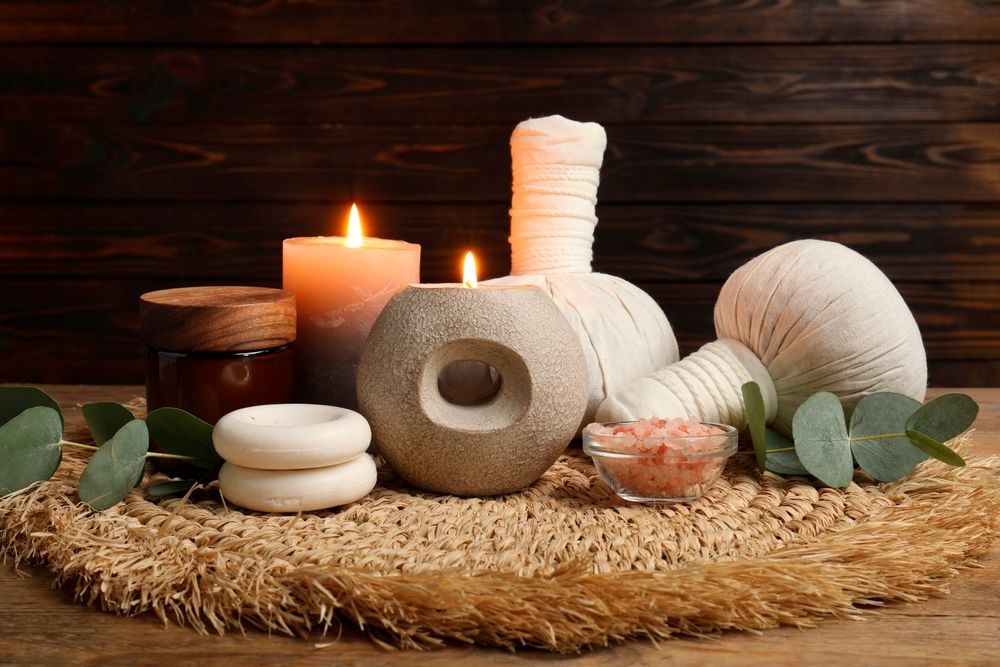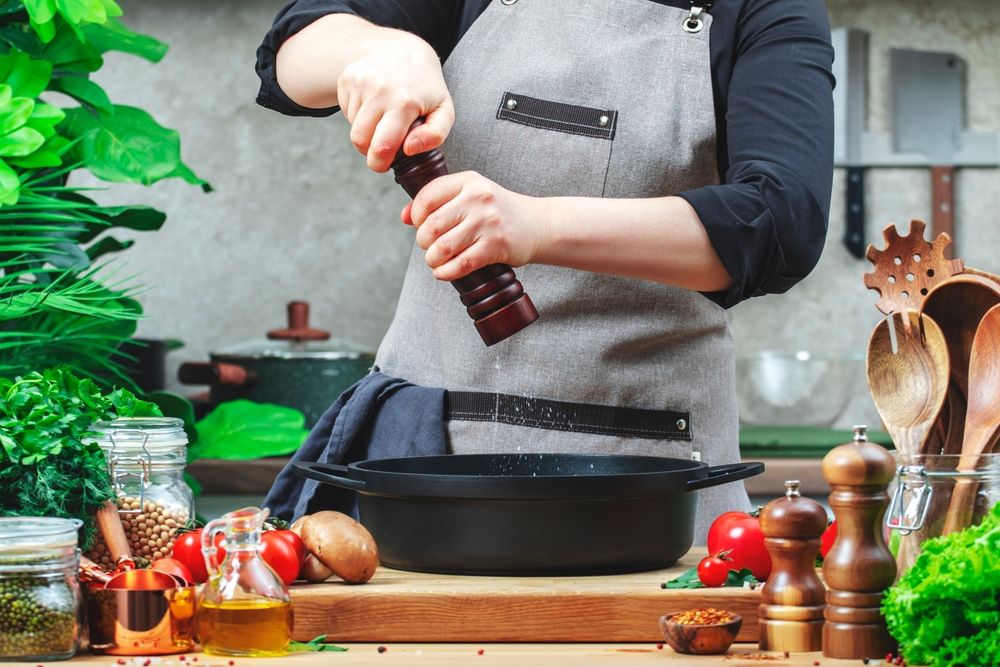There’s something undeniably calming about the gentle flicker of a candle. Whether you're winding down after a long day, setting the mood for a cozy evening, or creating a spa-like atmosphere at home, candles can transform any space into a sanctuary of warmth and relaxation.
But with endless options on the market—different scents, wax types, containers, and brands—how do you find the best candles to truly enhance your home’s ambiance? This guide walks you through the key factors to consider when choosing candles that deliver not only beautiful light and fragrance but also the comfort and calm you’re looking for.
1. Understand the Power of Scent
Scent is closely tied to memory, emotion, and mood. That’s why choosing the right fragrance is one of the most important aspects of finding a candle that promotes relaxation.
Top Scents for a Calming Environment:
-
Lavender: Known for its soothing and stress-reducing effects.
-
Eucalyptus: Refreshes the senses and clears the mind.
-
Chamomile: Creates a tranquil, sleep-ready environment.
-
Sandalwood: Earthy and grounding, ideal for meditation.
-
Vanilla: Soft and comforting, perfect for cozy evenings.
-
Jasmine: Lightly floral with relaxing and uplifting notes.
Everyone’s preferences are different, so consider testing smaller candles or sample sizes to discover what works best for your senses.
2. Choose the Right Wax Type
The type of wax used in a candle affects its burn time, scent throw, and environmental impact. Here are the most common types:
-
Soy Wax: Made from soybean oil, soy candles burn cleaner and slower than paraffin. They’re eco-friendly and have good scent distribution.
-
Beeswax: A natural, sustainable option that produces little smoke and purifies the air as it burns. Often unscented or lightly honey-scented.
-
Coconut Wax: A luxurious and clean-burning wax that offers excellent scent throw and an even melt.
-
Paraffin Wax: Widely used and budget-friendly, but it’s petroleum-based and may release more soot.
-
Blended Waxes: Some candles combine soy, coconut, or paraffin to balance cost, performance, and scent.
For a clean burn and better air quality, soy and beeswax candles are often the best choices.
3. Pay Attention to Burn Time
A candle’s burn time tells you how long it will last—and how much value you’re getting.
Factors That Affect Burn Time:
-
Wax type (soy burns slower than paraffin)
-
Size and thickness of the wick
-
Container size and shape
-
Quality of ingredients
If you're looking for long-lasting ambiance, go for candles labeled with extended burn times or those in larger containers with multiple wicks. However, larger candles should still be burned in moderation (typically 3–4 hours at a time) for optimal performance and safety.
4. Look for Clean, Natural Ingredients
If you’re lighting candles often—especially in enclosed spaces like bedrooms or bathrooms—it’s smart to consider what you’re breathing in.
Healthier Candles Use:
-
Natural waxes (soy, beeswax, coconut)
-
Cotton or wood wicks (avoid wicks with metal cores)
-
Phthalate-free fragrance oils or essential oils
-
No artificial dyes or harmful additives
Reading ingredient labels or shopping from brands with transparent sourcing and clean-burning claims can help you avoid exposure to toxins and allergens.
5. Pick the Right Size and Style for Your Space
Beyond fragrance and wax, the physical design of the candle matters. The size and container influence how much light and scent the candle gives off, as well as how it fits into your décor.
Size and Style Tips:
-
Small candles: Great for bathrooms, nightstands, or creating clusters.
-
Medium candles: Ideal for average-sized living rooms and bedrooms.
-
Large or multi-wick candles: Best for open-concept spaces or larger rooms.
-
Tins and jars: Contain the wax safely, ideal for transport or small surfaces.
-
Pillar or taper candles: Elegant and decorative but need a base or holder.
Candles in beautiful jars or vessels can double as home accents—especially if you like to leave them out even when they’re not burning.
6. Consider the Scent Throw
Scent throw refers to how well a candle spreads its fragrance through a space. A strong scent throw can fill an entire room, while a weaker one offers subtle aroma close to the source.
Two Types of Scent Throw:
-
Cold Throw: How strong the candle smells when unlit.
-
Hot Throw: How far and strong the scent travels when burning.
If you want a gentle, relaxing scent that doesn’t overpower, go for candles with a moderate hot throw and soft fragrance blends. Stronger candles are great for open areas or spaces that tend to absorb odors, like kitchens.
7. Choose the Right Candle for the Right Room
Different rooms benefit from different types of candles. Matching your candle choice to the space can enhance the desired effect.
Room-by-Room Suggestions:
-
Bedroom: Use calming scents like lavender or chamomile in small to medium jars with soft lighting.
-
Bathroom: Fresh, clean scents like eucalyptus or mint work well in this space.
-
Living Room: Larger candles or layered scents can create a warm, welcoming atmosphere.
-
Office: Uplifting scents like citrus or rosemary can improve focus without overwhelming the space.
Avoid overly sweet or synthetic-smelling candles in places where you relax, as they can become distracting or cloying.
8. Don’t Overlook Aesthetics
Candles aren’t just about scent—they’re part of your home’s visual design. From minimalist white jars to colorful glass containers, the look of a candle can contribute to the vibe you're creating.
Style Considerations:
-
Match the container color and shape to your home décor.
-
Choose wood-wick candles for a natural, crackling fireplace sound.
-
Pick candles with soft or frosted glass for a diffused glow.
A candle that looks as good as it smells adds beauty and function to your space.
9. Try Layering Candles for Depth
Layering multiple candles in a space can create a fuller sensory experience.
Tips for Layering:
-
Combine candles of varying sizes and heights for visual interest.
-
Mix complementary scents (like vanilla and sandalwood or lavender and cedar).
-
Group candles on trays, mantels, or open shelves to make them feel intentional.
Be mindful not to combine overpowering fragrances—stick with a similar scent family or balance strong and soft notes.





